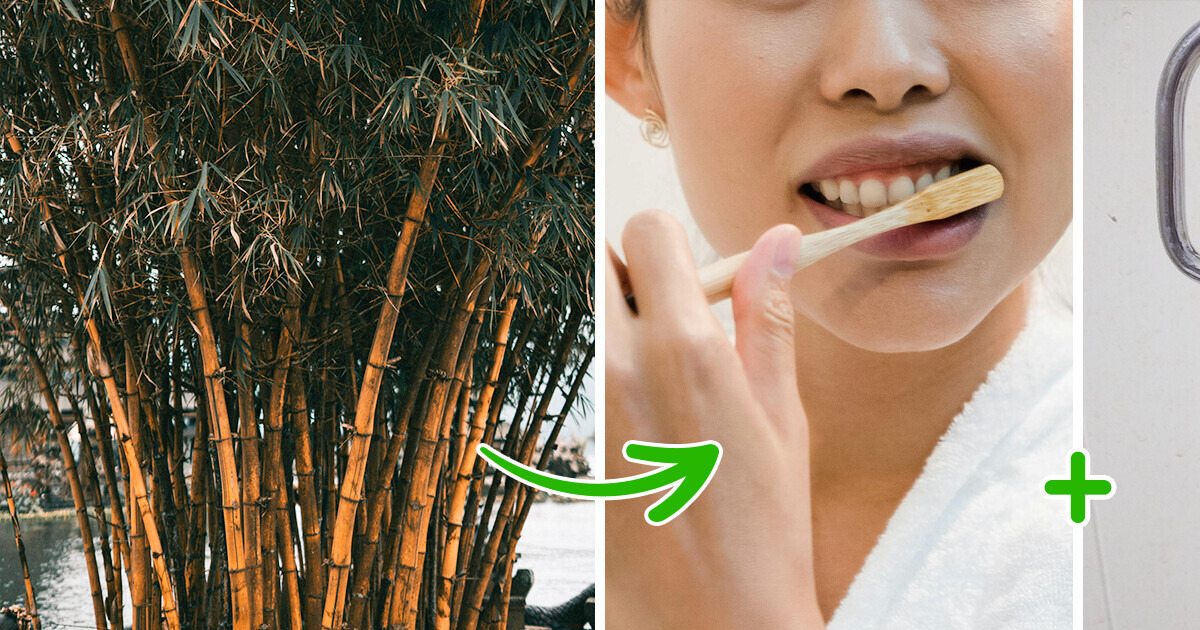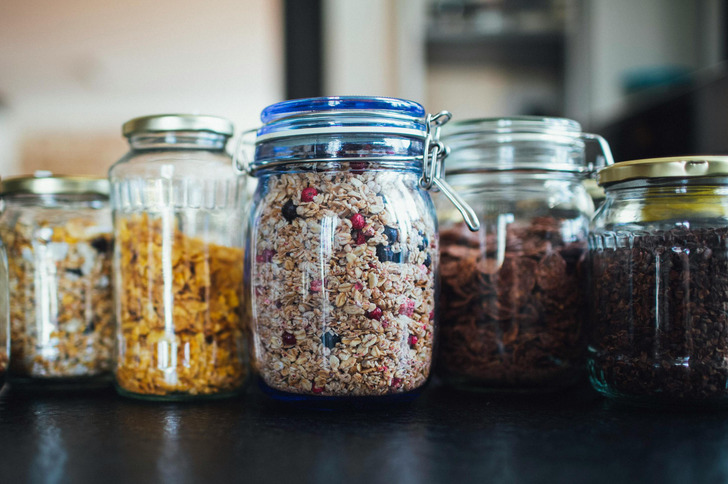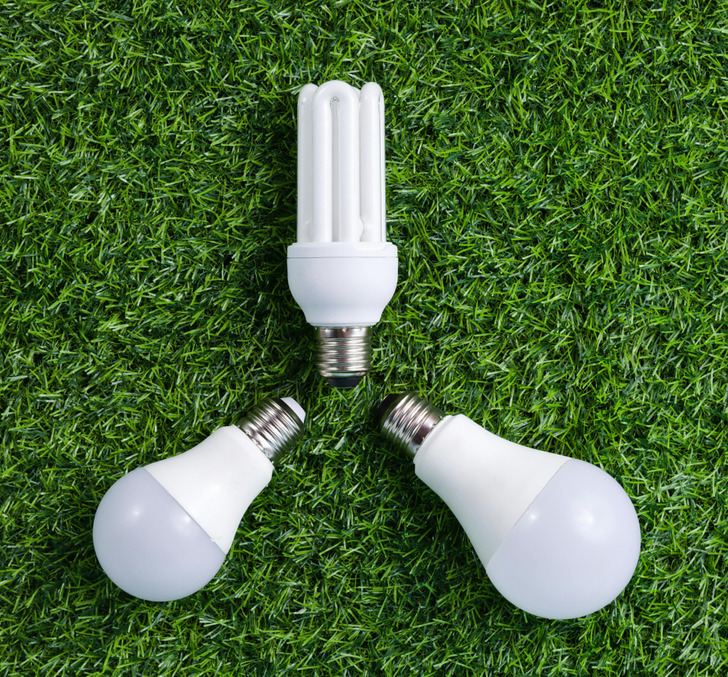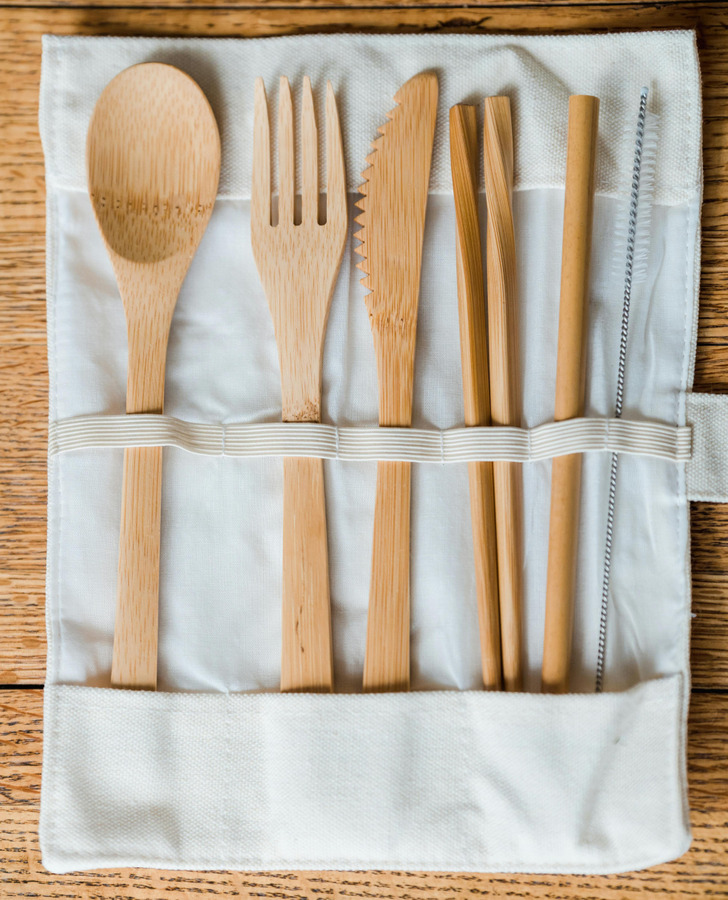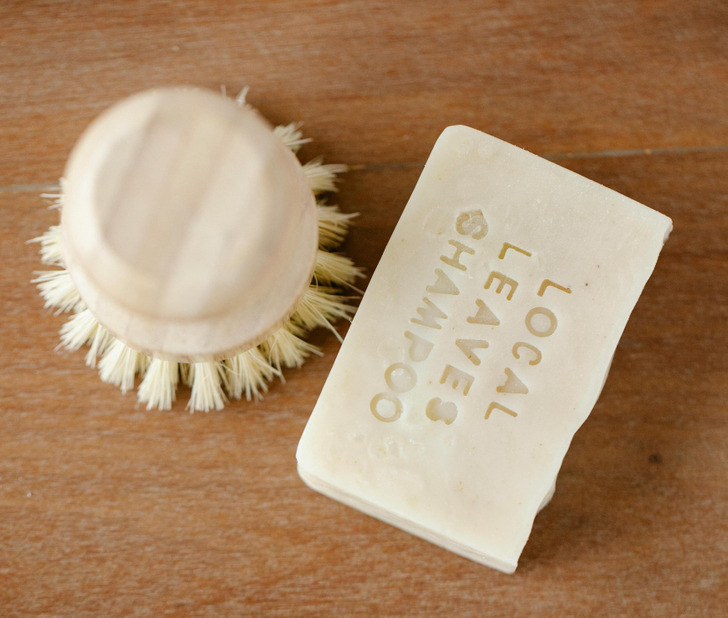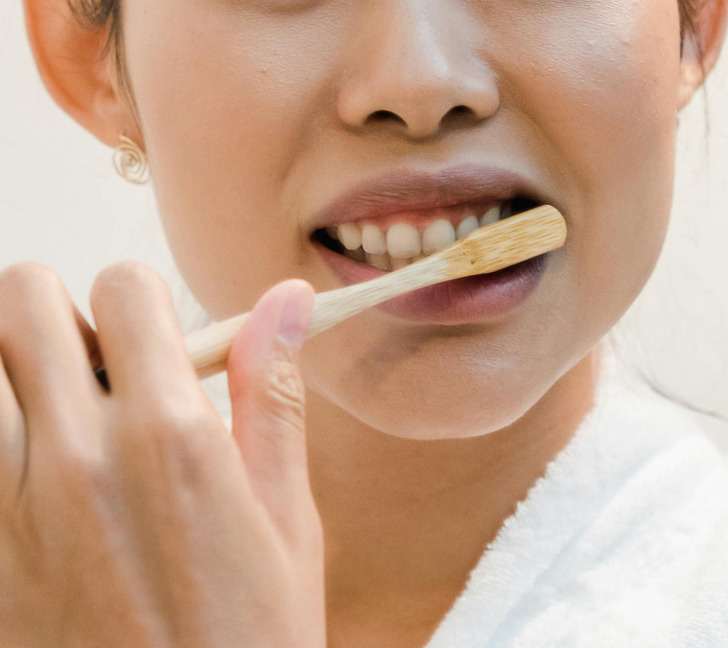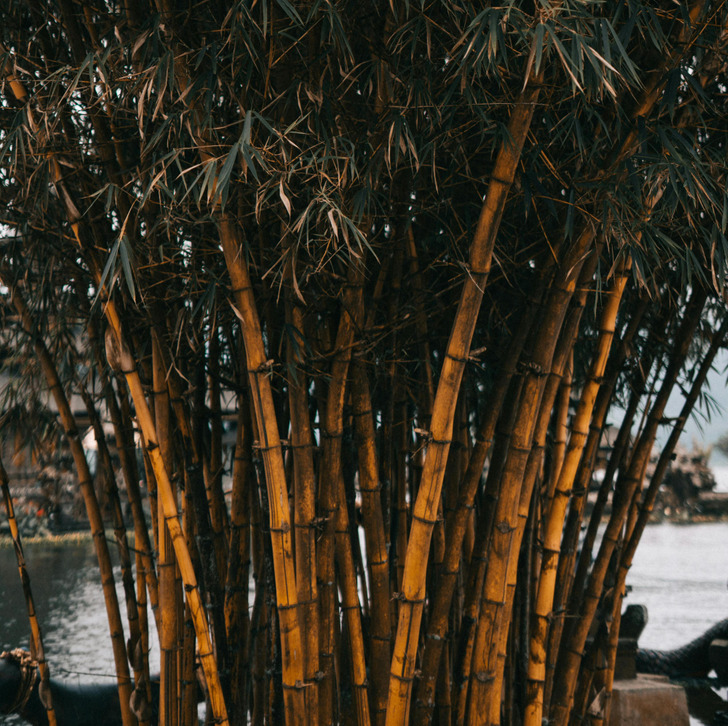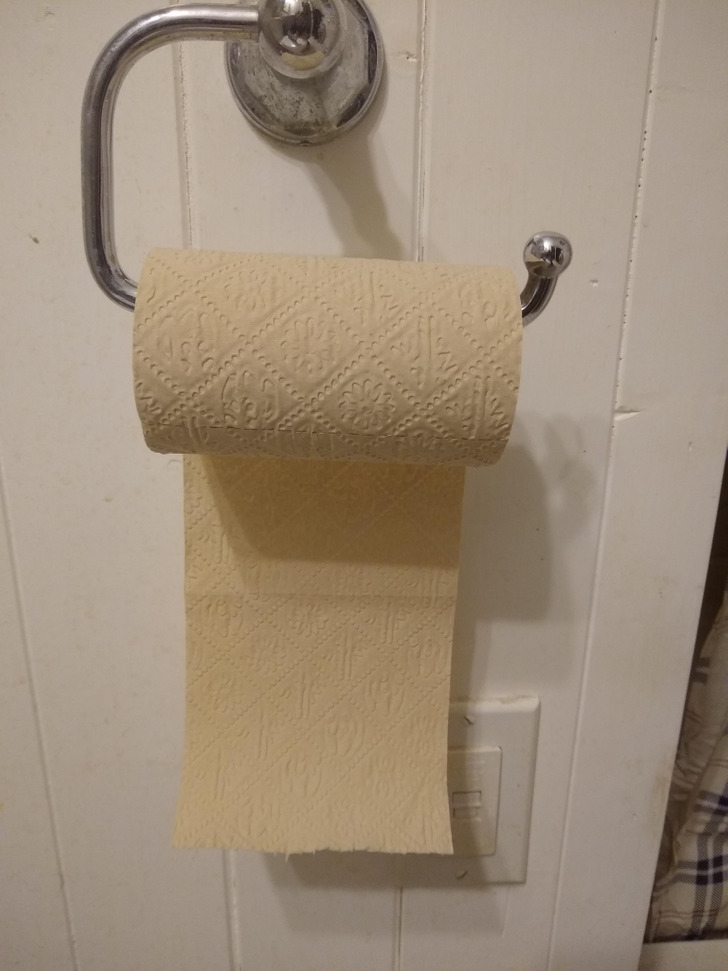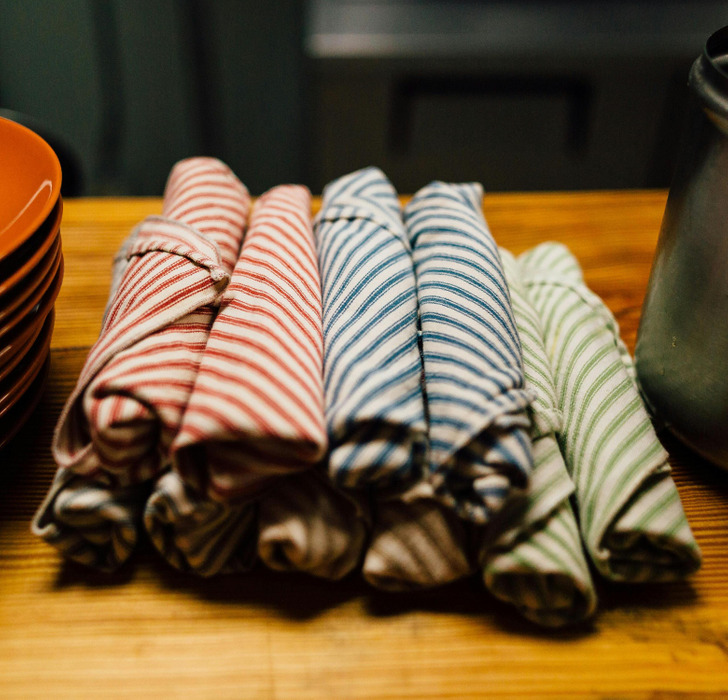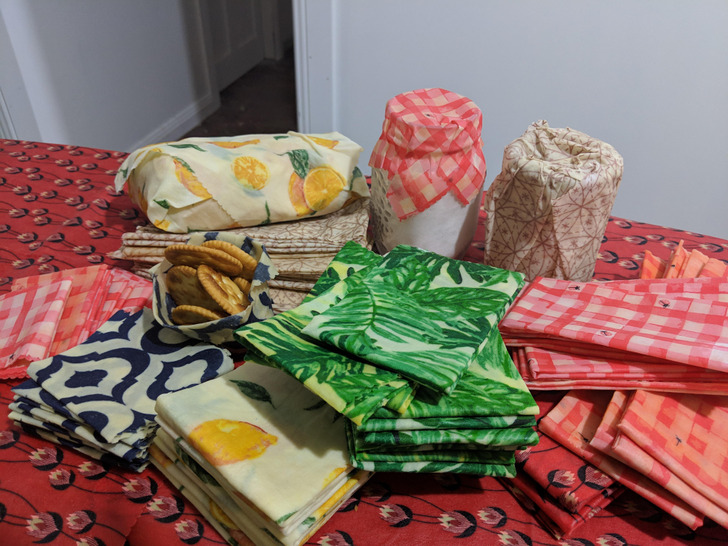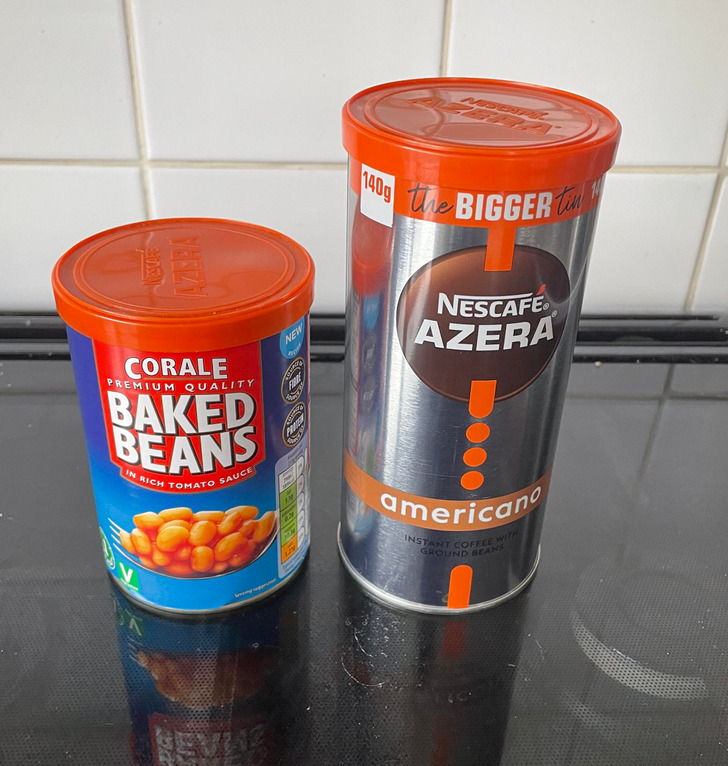11 Simple Eco-Friendly Swaps to Make This Week Onwards / Bright Side
We are currently in a climate crisis, and we need to make a change now, something that the UN is trying to emphasize. We look at countries and major corporates to make big changes when it comes to laying down the law, and following best practices.
While these are good things, the way charity begins at home, so does change. Mahatma Gandhi once said, “Be the change that you wish to see in the world.” On that note, here are some small but super effective changes you make in your home today, for a world that’s far more eco-friendly. Of course, this doesn’t mean you need to throw out stuff you already have, just make better decisions next time.
1. Switch to glass or steel containers instead of plastic and disposables.
There is a certain fragility about glass, and it may not be the best bet for you if you have kids in the house. That being said, choosing to use glass or stainless steel containers over plastic or disposables means you do the environment a favor.
While steel has a long-lasting time and can also be recycled easily, glass is far less toxic than plastic, even when it breaks down. Not only do glass and steel container last longer than plastic, they carry less carbon footprint, and also keep food healthier in the long run.
2. LED light bulbs can save both the environment and your power bill.
Using LED light bulbs in both ceiling lights and lamps can make for better power savings, given they are more energy efficient. Plus, LED bulbs also last longer, lowering consumption on the whole, and they can also be recycled safely. While CFLs also save on power, they often have mercury vapors in them, so are classified as hazardous waste. Incandescent bulbs, on the other hand, not only consumer more power, they also last a lot less, making for more waste and consumption.
Overall, LED bulbs are the way to go, and despite their initial higher prices, can save you money in the long run.
3. Steel or bamboo straws instead of plastic disposables.
Given that plastic straws and stirrers have been adding to the problem of marine pollution, it’s a good idea to stop getting them for home use. While many coffee shops and restaurants have made the change from plastic to paper, using steel straws at home will further reduce environmental impact. Bamboo or steel straws with large diameters are good for Boba as well, so plastic can simply be eschewed when it comes to your grocery list.
In case you need disposable cutlery or plates for a picnic or a party, there are plenty of wooden, paper, and bamboo alternatives to plastic, so make an eco-friendly choice.
4. Cotton linen and bedding instead of synthetic material.
Synthetic linen and in fact any kind of synthetic material is one of the biggest sources of microplastics in our waterways. Microplastics, unfortunately, are finding their way everywhere, including our food web. One way to curb further spread is by using 100% cotton or bamboo bed linen and soft furnishings. Not only will you be doing the environment a favor, cotton always feels better and softer than synthetic fabrics, and last just as long, although it has a tendency to fade.
5. Shampoo and conditioner bars, instead of bottles.
The thing with shampoos and conditioners is that they always come in plastic bottles, and even if you are a firm recycler, consumption of plastic is unavoidable. That being said, shampoos and conditioners that come in bars can solve this problem, and there are plenty of natural and organic beauty companies that offer such choices, for all kinds of hair needs.
You can also replace your hand wash liquids and pumps with a bar of soap, and use similar eco-friendly options when it comes to detergents and dishwashing soap.
6. Bamboo toothbrushes and natural loofahs over plastic options.
Another simple, environment-friendly change that you can make is to opt for bamboo toothbrushes over plastic ones, to reduce consumption of plastic. Synthetic loofahs also add microplastics to water, so getting the natural loofahs and scrubs is a good option for our planet, and your skin.
Basically, try to think of natural alternatives to plastic, and use them. Bamboo is a big eco-friendlier alternative, and you’ll see it further featured in the list as well.
7. Opt for cotton or kapok filled pillows and duvet fillers.
Most of our pillow and duvet fillers come with polyester microfiber and memory foam. A great and far more eco-friendly alternative is to either use cotton, which is still traditionally done in cotton-growing countries all over the world, or go for kapok.
Kapok is the fiber of a tree and naturally light, pest- and mold-resistant. It’s also a great insulator, so works well for all temperatures. Plus, recycling it leaves no residue, and natural is always a better alternative to anything made of plastic.
8. Bamboo toilet paper and tissue over traditional white paper options.
Single-use paper products like tissues and toilet paper involved heavy mowing of forests and forest land, given tree pulp is what’s being flushed down your toilet. Using bamboo disposables is a much better and more environment-friendly option, given bamboo grows faster and needs far less water as well. You can also use recycled paper alternatives, and be kinder to Mother Nature.
9. Use fabric napkins and towelettes instead of paper and disposables.
Being too dependent on single-use paper on the whole puts more load on the environment, even if it’s bamboo. While there is no hygienic alternative to toilet paper (although a lot of the world does use bidets), you can use fabric serviettes, napkins, and towelettes in the kitchen, bathroom and for dining. All they would need is a good wash in hot water, with maybe a baking soda and vinegar soak to tackle all the stains. It will lessen your carbon footprint of consumption, and lighten your trash and recycling needs as well.
10. Beeswax paper makes excellent food wrap over cling film or aluminum foil.
Instead of paper, plastic, or even aluminum foil, all of which either creates load on the environment and needs recycling, try beeswax wraps in the kitchen.
Beeswax wraps are usually fabric (cotton or bamboo) coated with natural beeswax. Not only are they pliable and moldable, they are also waterproof, which means they can be used to keep moisture in or out. Plus, they keep food fresher, for longer.
11. Replace plastic, paper and foil with silicone lids.
Very often, we tend to store food in the fridge, by putting it in containers covered in cling wrap or aluminum foil. A better alternative is silicone lids, or even collapsible silicone containers. Not only does silicone last longer than plastic, it also does not break down into harmful components. Silicone is also more resistant to microbial growth, so it makes sense to replace other plastics in your house with silicone.
Think cleaning equipment like brushes and scrubs, and mostly all plastic components have silicone alternatives, which is better for your home, as well as the planet.
Most of these swaps are doable, cost about the same, and will reduce your carbon footprint. Just like these environment-friendly counterparts to common household items.
